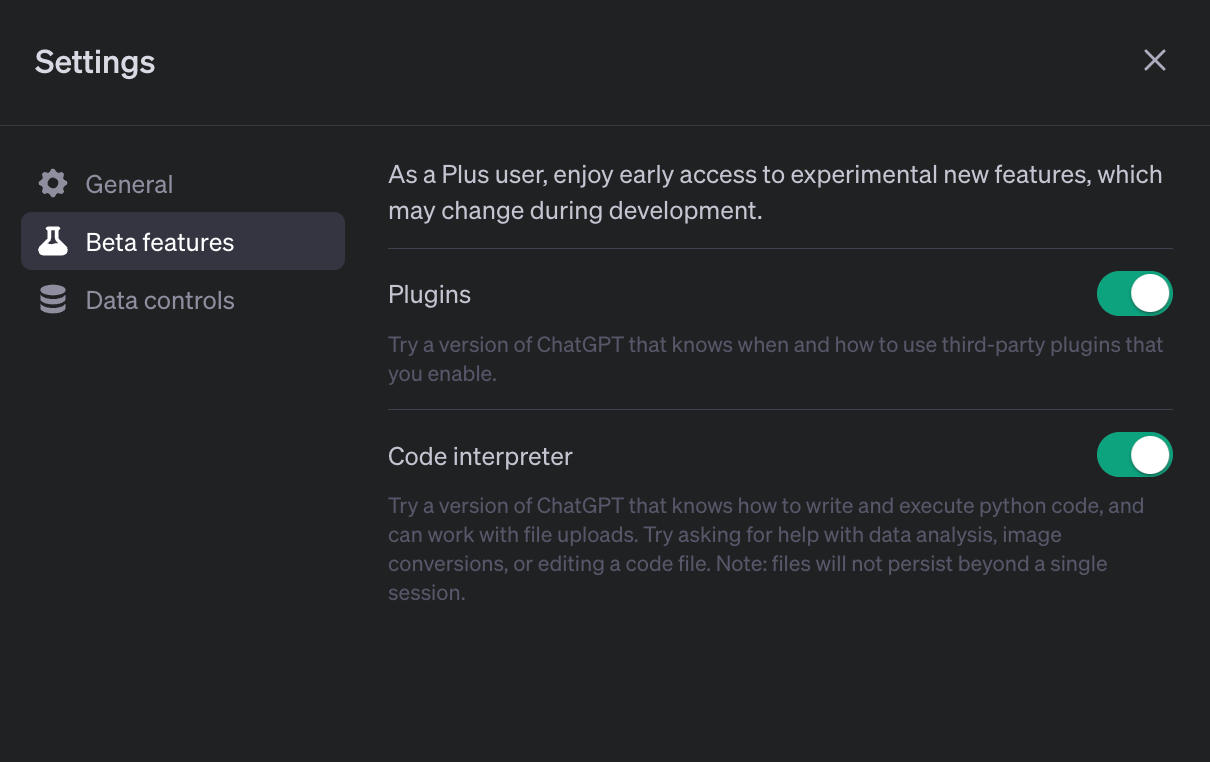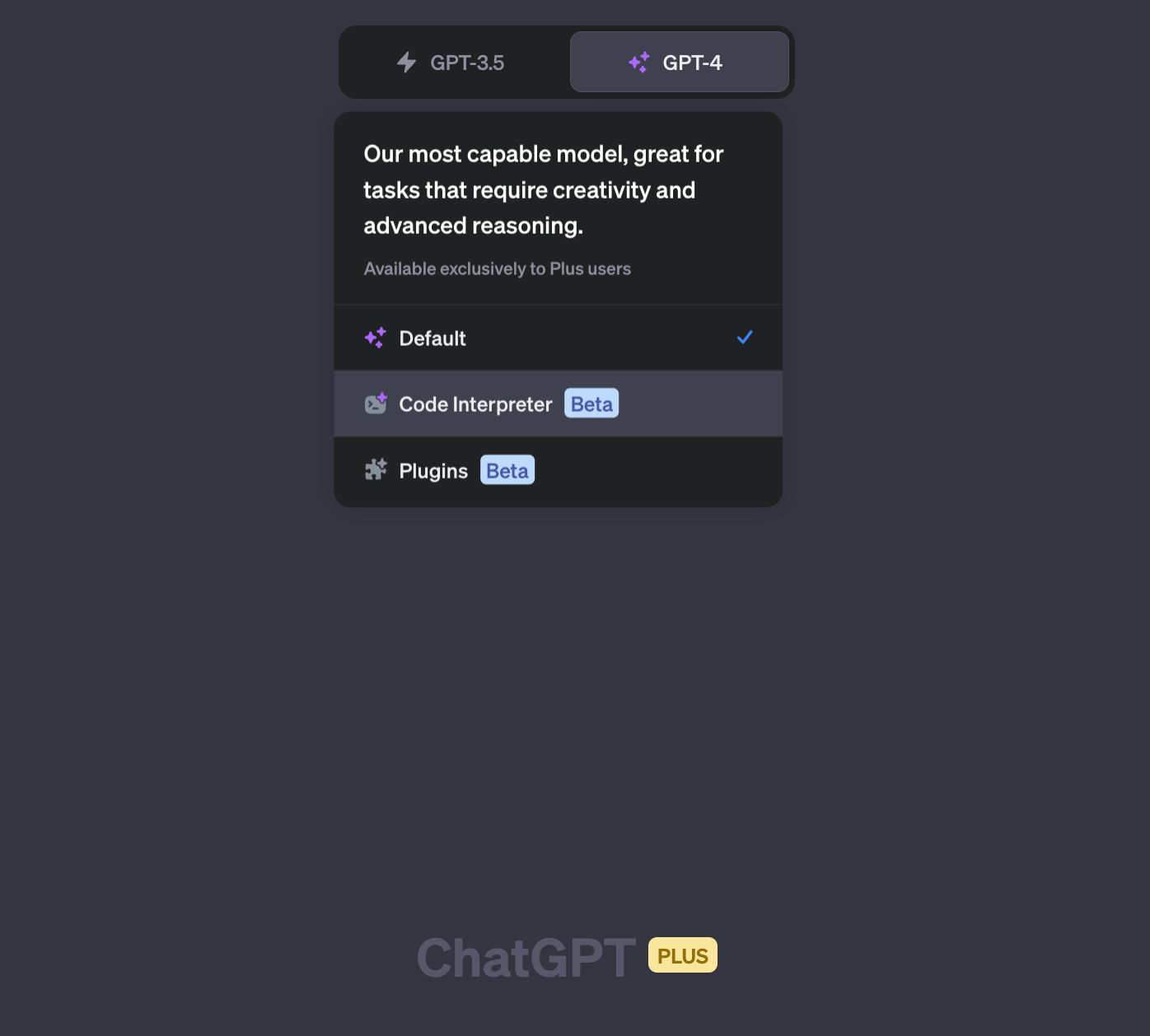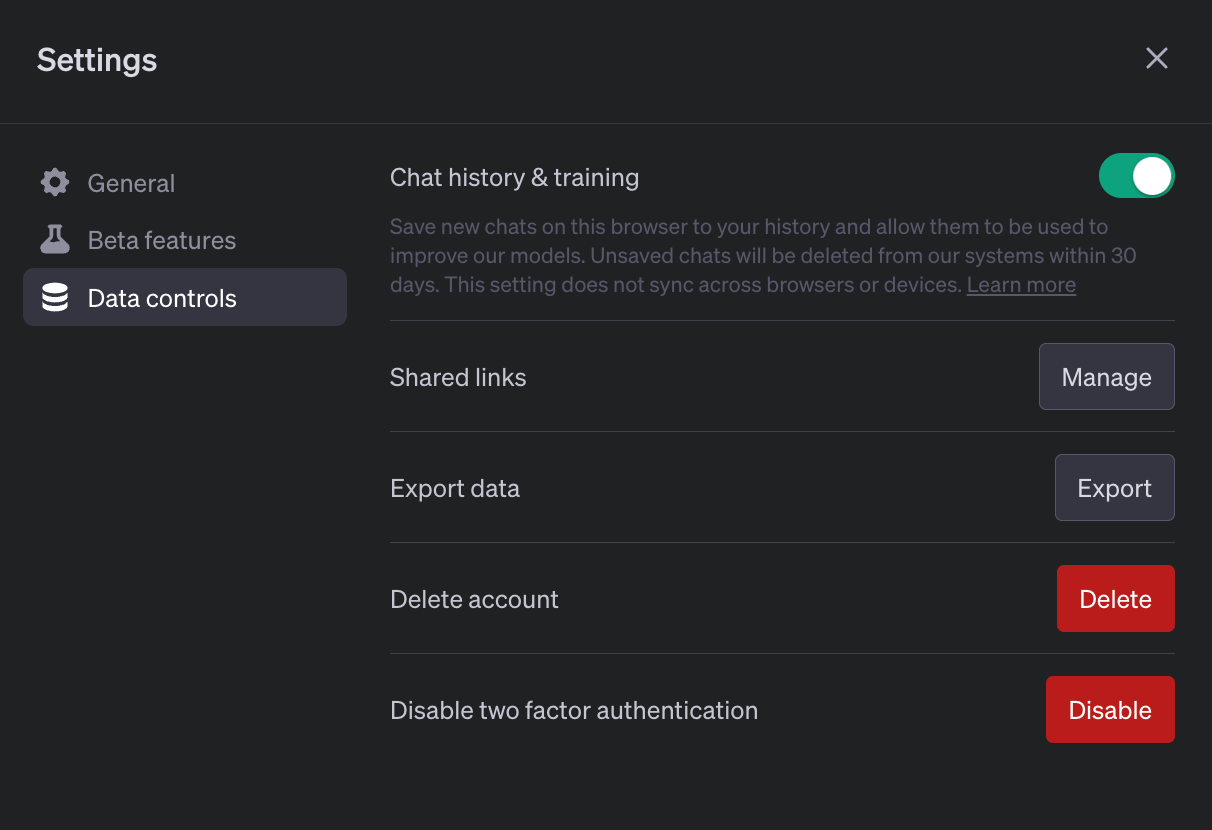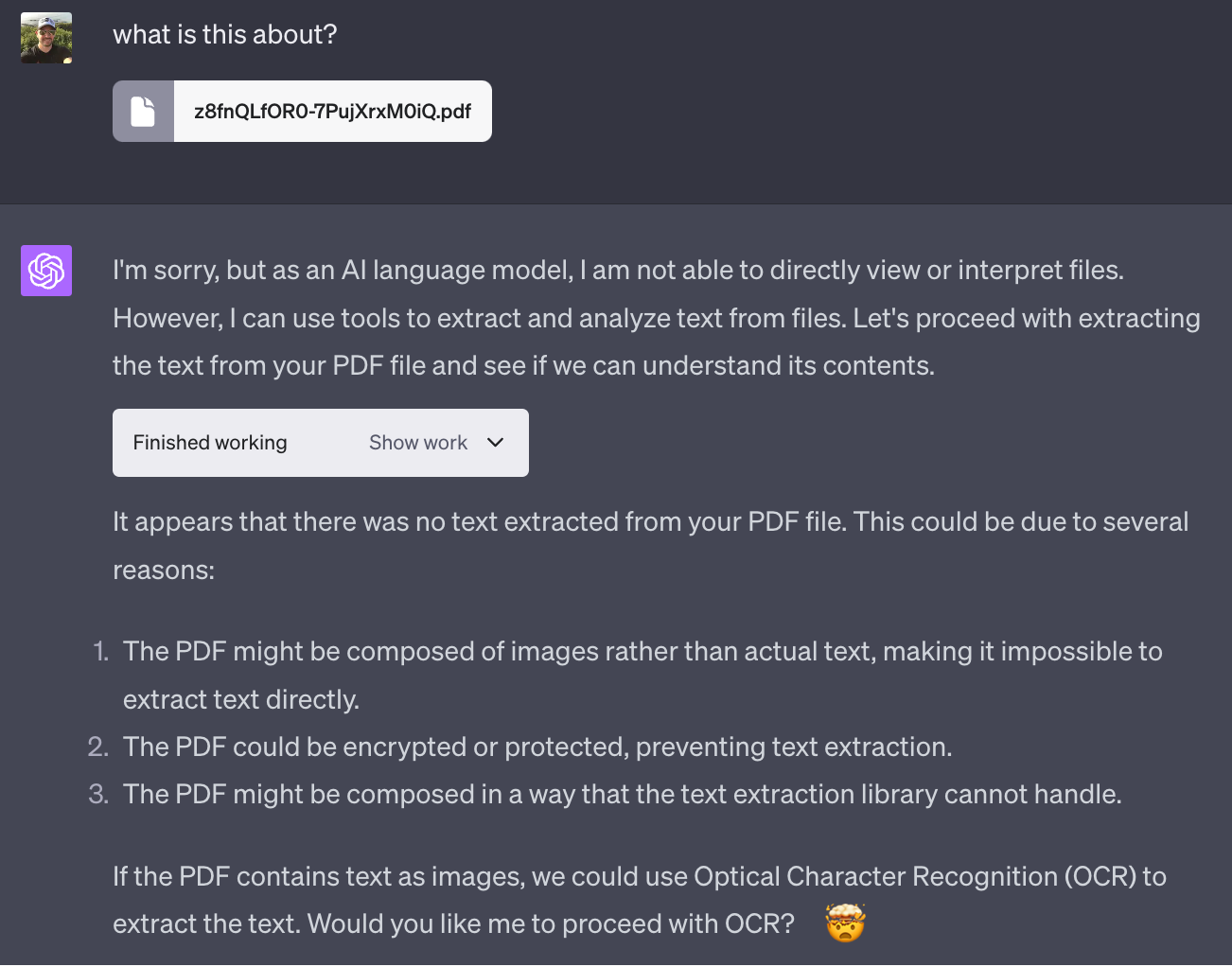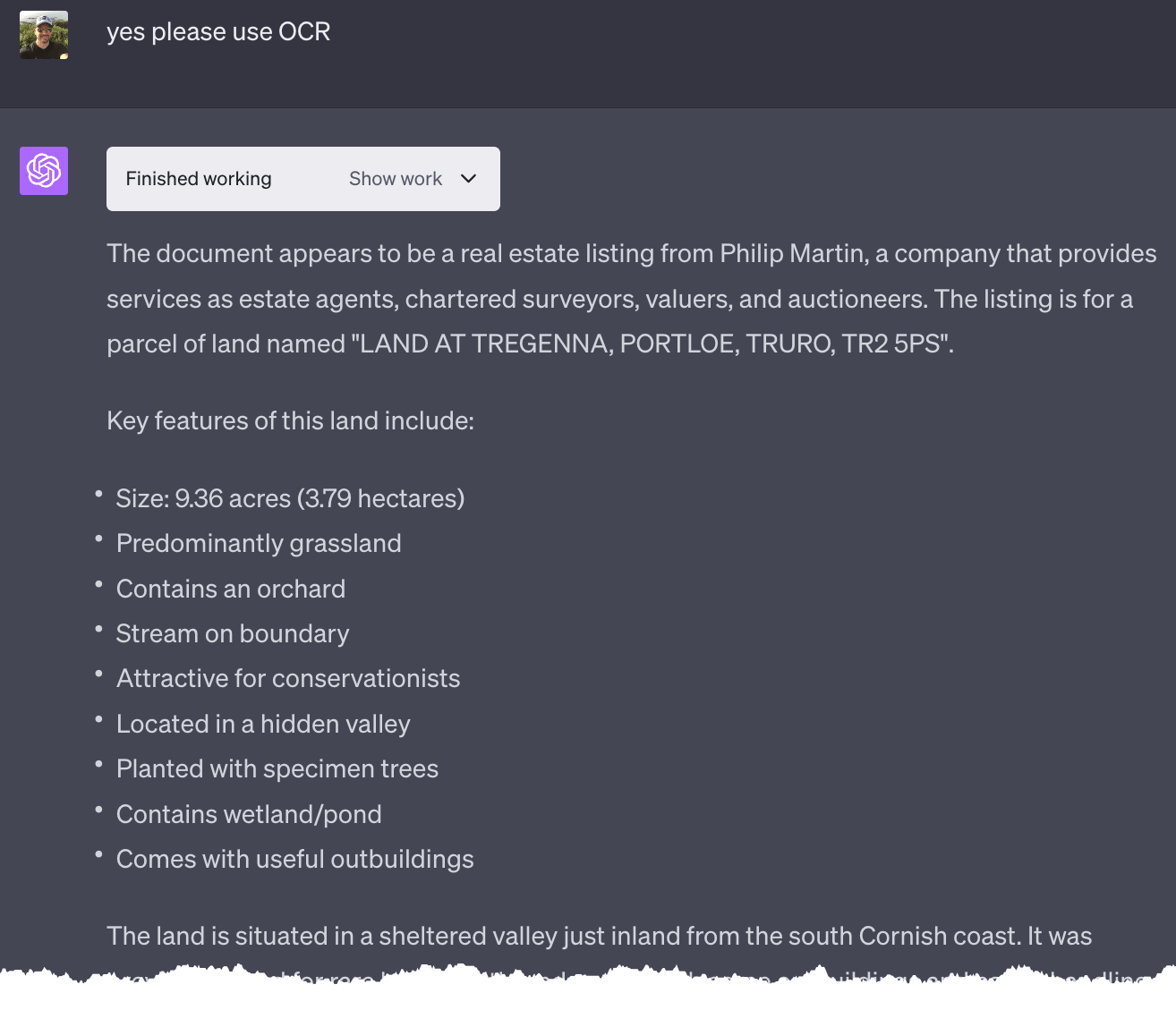OpenAI's Code Interpreter is an Excel-killer (at least until Microsoft releases its Excel AI Copilot)
Plus, what happens to data analysts and how to stay relevant in the face of AI disruption.
Hey folks, no prizes for guessing this week’s newsletter topic.
That’s right. It’s all about OpenAI’s Code Interpreter model, a new way to use LLMs to generate code and explore data.
OpenAI made Code Interpreter (still in beta) on general release to all ChatGPT Plus users over the last week, and by now, pretty much everyone with a Plus subscription should have access to it.
In this post, I’ll be looking at some of Code Interpreter’s capabilities, summarising what it’s good for, where it needs to improve, and how to stay relevant as a data analyst given that this breakthrough technology is only going to get better from here on in.
In my opinion, this is one of the most useful software products to ever be released, and you can’t afford to miss out on it.
Let’s dive in!
For those that have been living in a cave without WiFi access for the last six months, Code Interpreter is a beta ChatGPT model by OpenAI.
It can generate Python code (the programming language of choice for machine learning and data wrangling) and handle uploads and downloads of files to your computer.
I’ve been eagerly awaiting Code Interpreter since I first saw some OpenAI demos of it back in … hmmm, let’s think, March, or was it April, maybe?
Whenever it was, it feels like a decade in “AI-time”!
And I’ve been barking on about how it is going to revolutionise the role of data analysis.
So, now I’ve got my hands on it, does it live up to the hype?
And more importantly, should you fire your data analytics team?
That’s what I’m going to discuss in this week’s newsletter!
Let’s start with how to get access to it.
Using Code Interpreter
Getting access to Code Interpreter is straightforward.
You need to pay for a ChatGPT Plus account ($20/month).
Then, go to your chat page and click “Settings” at the bottom left of the screen.
A popup window will appear.
Select “Beta features” and slide the button for Code Interpreter to the right so it goes green.
Back in the browser, refresh the page just to ensure it’s locked and loaded.
Next, click “New chat” in the top left of the screen, hover over the GPT-4 option in the middle of the page and select the “Code Interpreter” model from the option list.
You are now in Code Interpreter mode, LFG!
Code Interpreter test drive
To test drive Code Interpeter’s capabilities, I tried analysing a number of different datasets.
From London crime stats.
To personal credit card statements - even with my own personally identifiable information removed, I saved about $100 a month in dud subscriptions.
And, what I want to demonstrate today is analysing a large dataset of wine reviews from the Wine Enthusiast Magazine (WineMag), because, why not?
More on this in a moment.
First, a reminder.
Don’t upload personal or private data
One thing to emphasise at the outset is that you should not upload your own, or your organisation’s, private datasets, unless you’re happy with them being incorporated into future model training by OpenAI!
If you trust OpenAI and your organisation allows it, you can turn off “Chat history & training” to exclude your data, but that’s up to you, in Settings, here,
Warning over.
Let’s get back to the test drive.
Code Interpreter can import data from a range of different data types which are limited only by what there’s a Python library for, for example,
CSV (Comma Separated Values): CSV is a simple file format used to store tabular data, such as a spreadsheet or database. Python's built-in CSV module or Panda’s library can be used to read and write CSV files.
JSON (JavaScript Object Notation): JSON is a lightweight data-interchange format that is easy for humans to read and write and easy for machines to parse and generate. Python's built-in JSON module can be used to read and write JSON files.
PDF Files: using a range of Python libraries like PyPDF2, PDFMiner, and OCR tools like Tesseract.
Excel Files: The Panda’s library can be used to read from and write to Excel files.
Text Files: Python's built-in open() function can be used to read from and write to plain text files.
Image Files: Libraries like PIL/Pillow can be used to read image files.
Audio Files: Libraries like librosa can be used to read audio files.
ZIP Files: If you have a Zipped file, it’ll happily extract the contents from it for you.
And many others!
When importing PDFs, it can read the text from the PDF and do things like question and answer on the contents, as well as summarisation, but ignores the images currently unless they have text in them.
However, at this time, it’s not clear to me exactly how the summarisation and querying works.
For example,
I’m pretty sure it doesn’t convert the PDF text into vector embeddings as you would in a more robust Retrieval Augmented Generation (RAG) style app, as discussed in past posts, so use some caution here.

On the plus side, if Code Interpreter fails to read the PDF document, it also helpfully suggests using an OCR (Optical Character Reading) library to extract the text, as in the case of the above real estate PDF,
After running the OCR module, it successfully summarises the contents, and you’re also free to ask it any questions related to the document contents,
Pretty impressive so far.
But not really data analysis, so let’s dive into our wine review dataset, next.
Analysing datasets … yes, ANY datasets
Some early users, like Prof Ethan Mollick, have said that Code Interpreter appears to work better when using short conversational prompts where you ask it to do a single thing at a time or even ask its opinion on how to proceed.
Once it returns with results from your prompt, you can ask another question and progress in your data exploration, just as you would with a regular human data analyst.
So what is Code Interpreter good for?
Keep reading with a 7-day free trial
Subscribe to BotZilla AI Newsletter to keep reading this post and get 7 days of free access to the full post archives.




